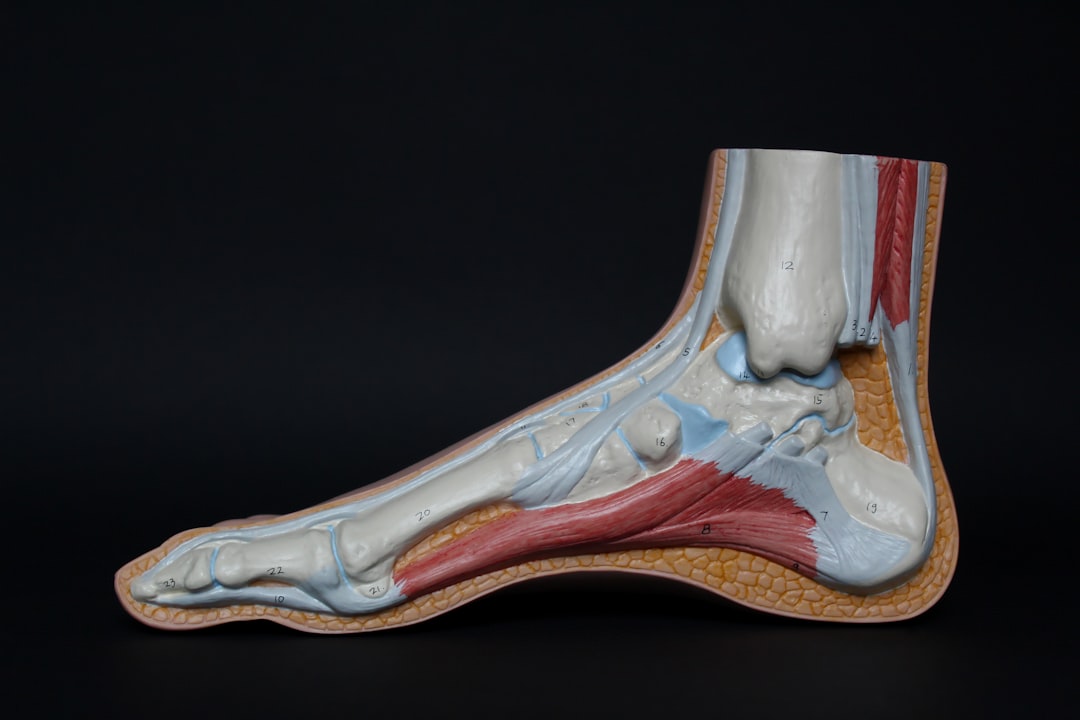What is it about?
Trajectory design for emerging propulsion technologies such as solar-electric propulsion is computationally intensive. This paper develops a quick preliminary design method for the purposes of estimating these trajectory costs. The developed model can be used for the computationally efficient initial design of lunar missions.
Featured Image

Photo by NASA on Unsplash
Why is it important?
The developed method enables efficient low-thrust, low-energy trajectory design in cislunar space with a reasonable accuracy. It provides a way to bridge the gap between the computationally expensive yet accurate high-fidelity trajectory analysis methods and the quick yet less accurate low-fidelity trajectory analysis methods. The developed method improve the efficiency for large-scale trade space exploration and optimization for future complex space mission design.
Perspectives
This research was originally initiated as a component of a larger space logistics mission design effort, but since its result was very interesting, we decided to publish this as an independent paper with a focus on astrodynamics. We hope you find this article interesting, and, if you are interested, please also check out our follow-up space logistics mission design paper on the Journal of Spacecraft and Rockets (https://arc.aiaa.org/doi/10.2514/1.A34628).
Assistant Professor Koki Ho
Georgia Institute of Technology
Read the Original
This page is a summary of: Preliminary Design of Low-Energy, Low-Thrust Transfers to Halo Orbits Using Feedback Control, Journal of Guidance Control and Dynamics, February 2019, American Institute of Aeronautics and Astronautics (AIAA),
DOI: 10.2514/1.g003759.
You can read the full text:
Contributors
The following have contributed to this page










